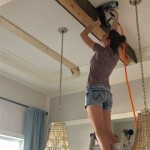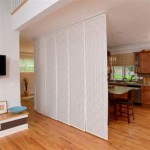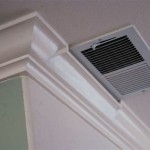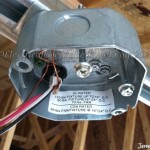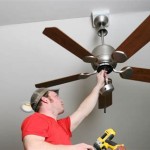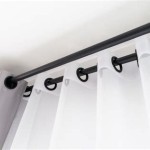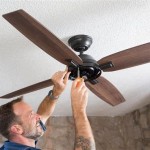How To Cut Drop Ceiling Panels for Recessed Lighting
Recessed lighting is a popular choice for home and commercial spaces due to its ability to provide ample illumination while maintaining a clean and modern aesthetic. Installing recessed lights in a drop ceiling involves cutting holes in the ceiling panels to accommodate the light fixtures. This process requires careful planning and execution to ensure a clean and professional finish.
Cutting drop ceiling panels for recessed lighting involves a few key steps. This article will guide you through the process, providing detailed instructions and tips for achieving optimal results.
1. Planning and Preparation
Before embarking on the cutting process, it's crucial to thoroughly plan and prepare. Start by identifying the location for each recessed light fixture. Consider the placement of furniture and other objects in the room to ensure optimal lighting distribution. It's also important to determine the size and type of recessed light fixtures to be installed.
After selecting the location, mark the ceiling panel using a pencil or marker. The marking should accurately represent the size and shape of the light fixture's housing. If you're using multiple fixtures, ensure that the spacing between them is consistent and adheres to any relevant building codes.
Once the markings are complete, it's time to gather the necessary tools. These include a utility knife, a drywall saw, a tape measure, a level, and safety glasses. For larger openings, a jigsaw or reciprocating saw may be required.
2. Cutting the Ceiling Panel
Cutting the drop ceiling panel requires a steady hand and precise technique. Use a utility knife to score the panel along the marked lines. The utility knife should be held at a 45-degree angle to the panel and applied firm pressure to create a deep score.
For larger openings, use a drywall saw or jigsaw. The drywall saw should be used with a gentle sawing motion to avoid damaging the surrounding panels. Ensure that the saw blade is positioned perpendicular to the panel and that the cutting line is accurately followed.
When cutting the panel, exercise caution to avoid creating rough edges that could pose a risk to safety. Use a drywall saw or jigsaw to smooth out any jagged edges.
3. Installation of the Recessed Light Fixture
Once the opening in the ceiling panel is complete, the recessed light fixture can be installed. The installation process will vary depending on the specific model of the fixture. Most fixtures will have a housing that is attached to the ceiling joists using screws or clips.
Once the housing is secured, the light fixture can be connected to the electrical wiring. Ensure that the electrical connection is made by a qualified electrician to avoid any potential electrical hazards.
After connecting the electrical wiring, the trim ring for the fixture can be installed. The trim ring typically snaps into place around the fixture, providing a clean and finished look. The light fixture can then be tested to ensure it's functioning correctly.
When installing recessed lights, it is essential to ensure that the weight of the luminaire is evenly distributed on the ceiling panel. Heavy fixtures may require additional support to prevent sagging or collapse of the panel.

How To Cut Ceiling Tiles

How To Installing Recessed Lighting

Drop Ceiling Tiles Installation Tips Diy Family Handyman

Drop Ceiling Installation How To Install A Homeserve Usa

Installing Woodhaven Planks And Hiding Drop Ceiling Grid Sawdust Girl

How To Install Drop Ceiling Tiles Ceilume

Installing Woodhaven Planks And Hiding Drop Ceiling Grid Sawdust Girl

Diy Drop Ceiling Makeover Quirkshire

Diy How To Update Old Ceiling Tile Pink Little Notebookpink Notebook

Suspended Ceiling Installation Ceilings
Related Posts

